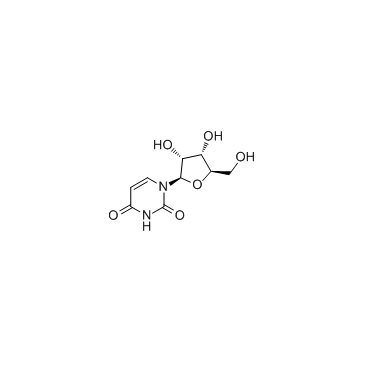| Structure | Name/CAS No. | Articles |
|---|---|---|
 |
magnesium sulfate
CAS:7487-88-9 |
|
 |
Sodium chlorate
CAS:7775-09-9 |
|
 |
Uridine
CAS:58-96-8 |